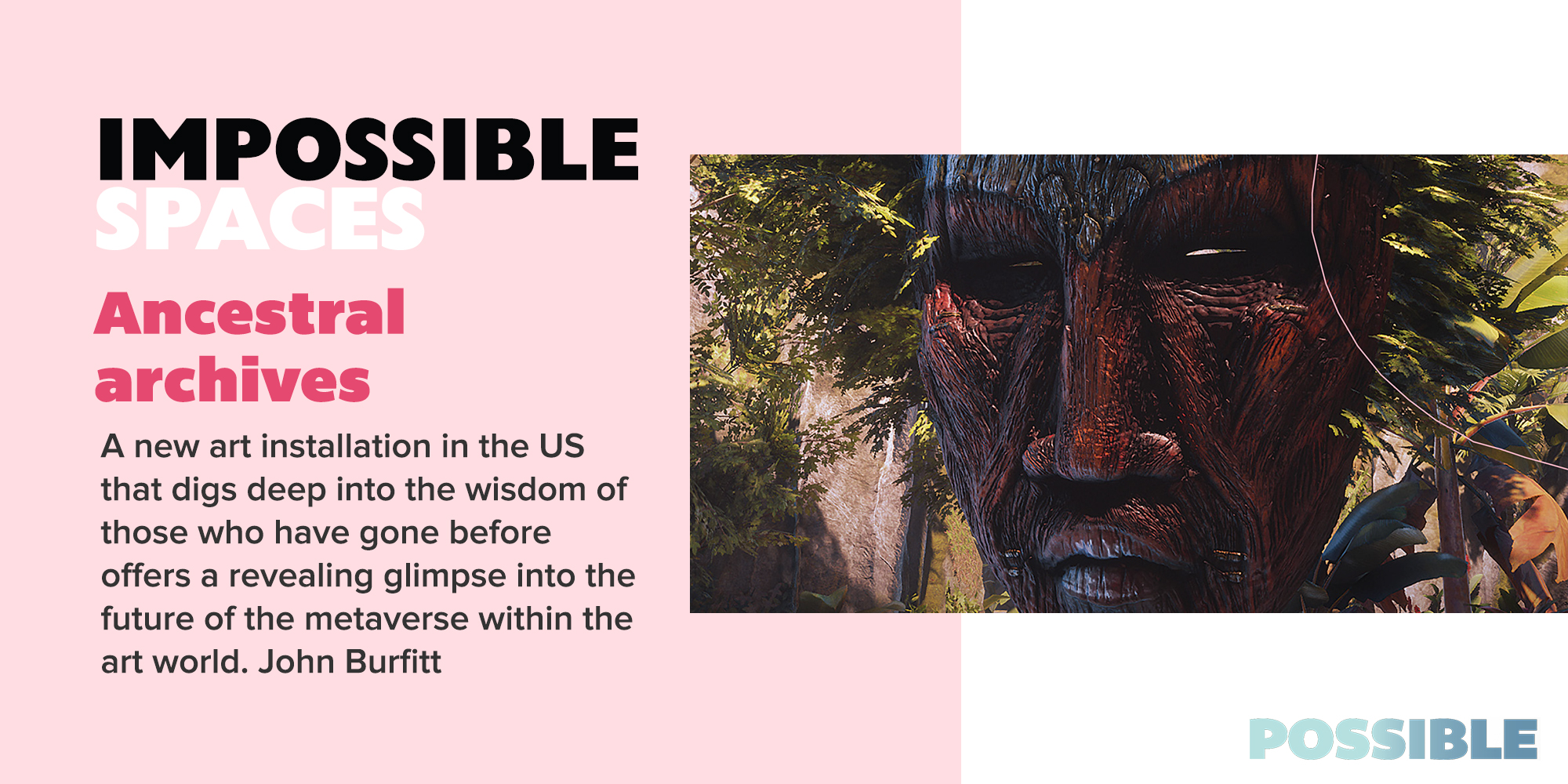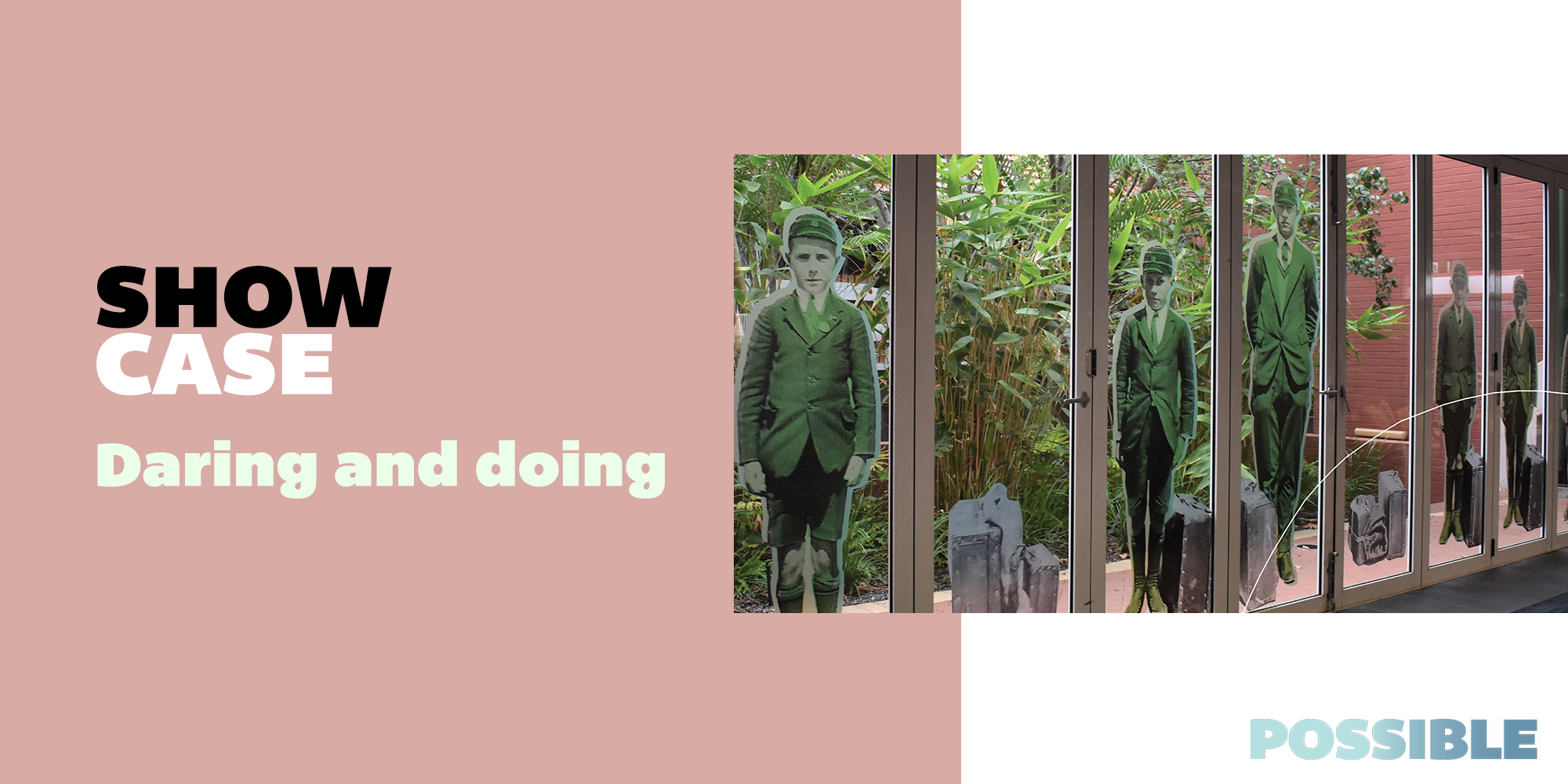“There is no doubt in my mind that we’ll successfully bring back some extinct species in the next decade,” says Professor Andrew Pask. “I am deeply involved with work on the thylacine (the Tasmania tiger) and international efforts are making great progress with the dodo and the woolly mammoth.”
While this may sound like something out of science fiction, Professor Pask speaks from a position of authority. He is an epigeneticist and head of the Thylacine Integrated Genomic Restoration Research (TIGRR) Lab in the School of BioSciences at the University of Melbourne. Their mission is marsupial conservation and the de-extinction of the thylacine.
De-extinction science is all about returning balance to ecosystems. There are multiple species of deer and antelope in Africa that are likely subjects. A team in the USA is making good progress with bringing back the dodo, while others as advanced as TIGRR are attempting to bring back the mammoth.
Professor Pask makes the point that, at present, we are in the middle of the sixth mass extinction. Worldwide, there are higher rates of animal loss than has ever been seen before. The sad reality is that de-extinction science is another conservation tool.
“We are changing the environment and the climate so quickly that animals just can’t keep up,” says Professor Pask. “We know what we need to do, but we’re just not doing it. The truth is, once you hit a certain amount of biodiversity loss and a certain number of animals are gone, it starts a downward spiral that is unstoppable.”

Building blocks
Professor Pask is a developmental biologist with an interest in how the thylacine came to be so different from other marsupials. He was able to gain access to a range of museum specimens which led him to wonder if he could extract any DNA.
“I was able to obtain good quality DNA from some well-preserved specimens,” he says. “The alcohol and formaldehyde in which they were kept didn’t destroy the DNA but it did break it up into tiny pieces. Without the use of supercomputers, it would have been impossible to sequence the entire genome of the thylacine.”
Even with a complete genome, science can’t create life from dead tissue. While cloning is relatively commonplace, it always uses living cells to create an embryo. As there are no thylacine living cells in existence, Professor Pask and his team needed to find the closest living relative to a thylacine. “The answer was the fat-tailed dunnart, a mouse-like marsupial,” says Professor Pask. “The DNA of the dunnart has a 98 per cent similarity to the thylacine. We will edit the dunnart DNA code, which is in the order of millions of edits, and create a thylacine cell. After that we will use standard cloning techniques.”
The next problem is finding an animal to carry the cloned thylacine embryo. The fascinating thing is that despite a thylacine being the size of a labrador, the mouse-sized dunnart is the best option. “The miracle of marsupial biology is that they give birth to tiny, tiny babies,” says Professor Pask. “In fact, thylacines and dunnarts have the smallest babies of any animal. They’re both about the size of a grain of rice.”
The dunnart could carry the thylacine baby in its pouch for the first week. After that, it would be hand reared in an artificial pouch and fed on artificial marsupial milk that is already used with baby orphaned marsupials.

Ethical concerns
While we now have the appropriate science, technology and methodology to bring back the thylacine, the question is, should we do it? Professor Pask has no doubts.
“Yes,” he says bluntly. “The thylacine was Australia’s only apex predator and it played a critical role in stabilising the ecosystem in Tasmania. When it was hunted to extinction, there was no other native animal to replace it. All the other animals in that ecosystem then fell out of balance.”
An example of this is the Tasmanian devil facial tumour disease which would have wiped out the entire species without human intervention. A healthy thylacine population would have eaten the sick animals and stopped the disease spreading. Another advantage is that feral cats don’t like having larger predators nearby. We see this in areas with dingo populations. They drive out feral cats and exclude them from that region. “Unlike a cat, thylacines can’t climb trees,” says Professor Pask. “They’re much more in balance with our ecosystem and don’t destroy all the small mammals and birds. Cats hunt and kill everything.”
By contrast, international efforts to bring back the mammoth face a different set of challenges. “Mammoth genome sequencing and editing is much easier than thylacine,” says Professor Pask. “A mammoth is more similar to an Asian elephant than an Asian elephant is to an African elephant. The big issue they face is that a mammoth has a 22-month gestation and a one-tonne baby.”
Professor Pask and the team at TIGRR are attempting to stop extinction from happening. In the near future, some serious discussions need to be had about how that will be done and how they will be re-introduced into the environment.


.png)



